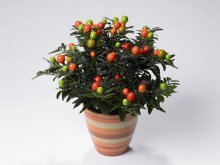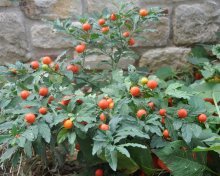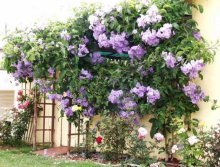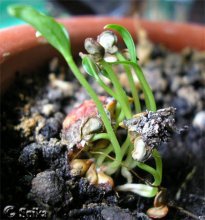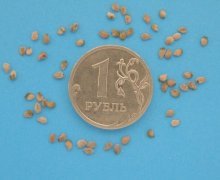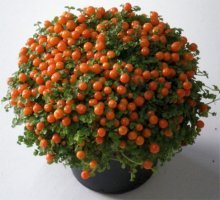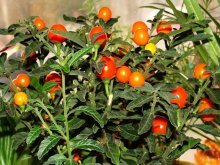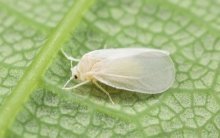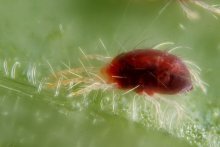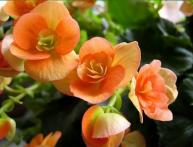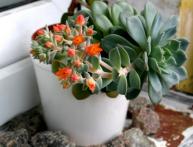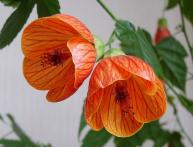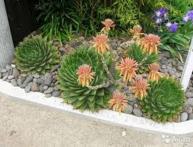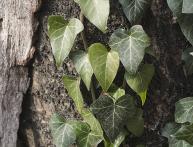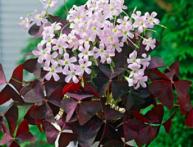Houseplant with orange berries, as they call it, care rules

A houseplant with orange berries, whose name is nightshade, can be found in any flower shop. The bushes have a neat and elegant appearance, so they are often purchased for the holidays. The flower is valued for its large bright orange berries, which serve as its decoration. What are some interesting facts about nightshade we know and what kind of care it requires?
Content:
- What is the appeal of indoor nightshade?
- The most popular varieties
- How can you propagate a plant?
- Features of care in summer and winter
- What difficulties do flower growers face?
What is the appeal of indoor nightshade?
As you already understand, a houseplant with orange berries is nightshade, or Solyanum. Belongs to the nightshade family. Its homeland is the tropical part of South America.
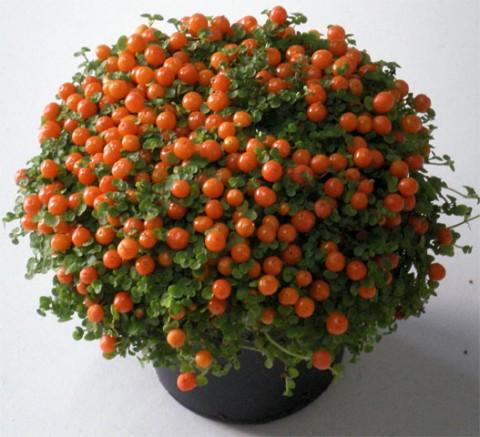
There are various rumors about him. Some flora lovers are afraid to keep it at home. It turns out that the bright berries for which the flower is valued have poisonous properties. The fruits should not be eaten. Be careful if there are small children in the house. Place the plant on high, inaccessible shelves and cabinets, or avoid the flower altogether.
Nightshade does not produce any toxic fumes. If he just stands indoors, he won't cause any harm.
Nightshade is a small evergreen shrub. The leaves are shiny, oblong in shape. The fruits are large, similar to cherries, have a fiery orange color.
A houseplant with orange berries, a photo of which will prove its beauty, will, with proper care, delight you with its ovaries and flowers. All this creates a beautiful picture. That's why, nightshade - An excellent decoration for the room and addition to the interior.
The most popular varieties
The nightshade family has about 1,700 members. The most common types of solyanum are kept at home, as well as in gardens and greenhouses.
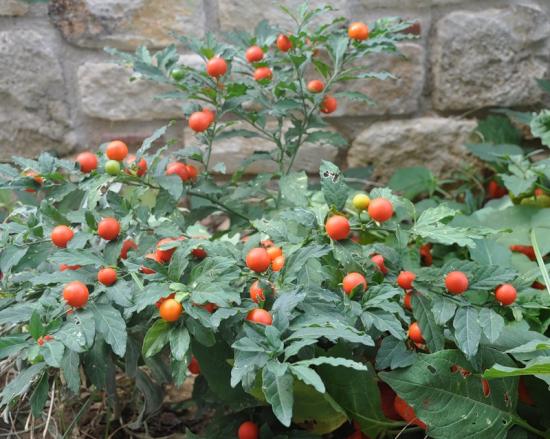
False pepper
The shrub is about 30-50 cm high. The leaves have a rich green color and grow quite densely. It blooms with small white flowers almost constantly. As the fruits ripen, they change color from green to red. The flower is kept mainly as an indoor plant due to its small size. A dwarf subspecies with a height of only 30 cm is presented at the flower market.
Pepper-shaped
The size of the pepper nightshade is smaller than that of the false pepper nightshade. The leaves are more fragile and have a grayish tint. Berries and the flowers are small. The fruits stay on the branches for up to 4 months. A decoction of the berries is used as a gargle for sore throats, but you should not drink it.
Curly
This type of nightshade is an evergreen liana. The flowers are shaped like stars, the fruits are light yellow in color. It is unpretentious in maintenance and is often used to decorate gazebos and walls. Unlike many representatives of its species, it tolerates cold well. Therefore, it can be used on external facades.
Vendlana
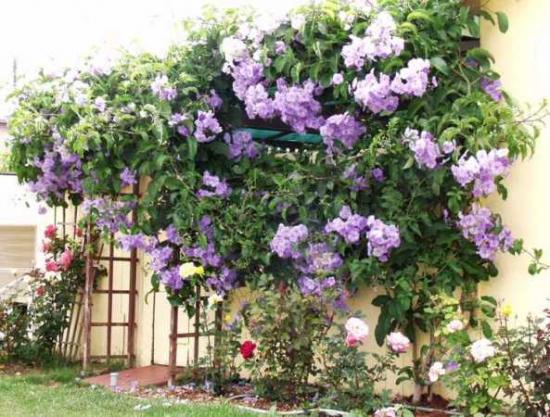
Solyanum vendlana is a climbing evergreen shrub that can grow up to 6 m in height. There are small thorns on the branches. The leaves are long (up to 10 cm), dissected in shape. The lower foliage is larger (up to 25 cm).This species has very beautiful purple-lilac flowers in the shape of a bell.
Which type of nightshade to choose is a matter of taste. It is also worth considering the size of the flower. Large spreading representatives are suitable only for large houses.
How can you propagate a plant?
There are two ways to deal with nightshade. reproduction – growing from seeds and cuttings.
Planting seeds
When propagating nightshade from seeds, it takes a certain amount of time. But plants grown in this way are larger and bear fruit better.
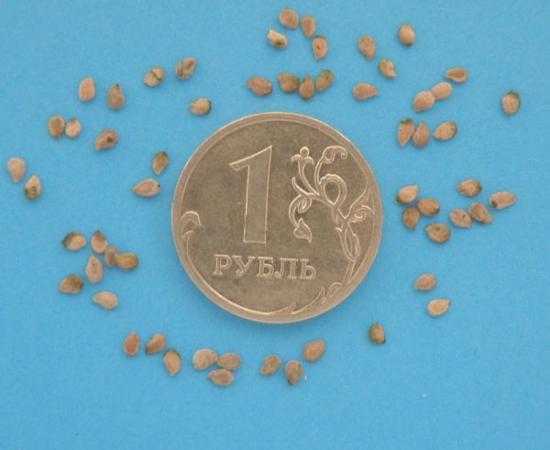
Seeds Solyanum is planted in late winter and early spring. The most suitable soil consists of clay soil, peat and sand in a ratio of 3:1:1. The grains are planted at a distance of 2 cm from each other, slightly pressed into the ground, and then watered.
The containers are sent to a warm, bright place, for example, on a windowsill. After emergence, shade should be provided to the plants. After the leaves appear, weekly shoots are transplanted into individual containers. To stimulate growth, the stems are pruned several times in the summer.
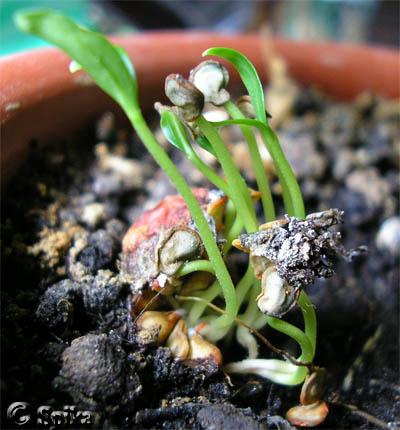
Cuttings
When propagating nightshade by cuttings, the flower needs enough time to adapt and sprout roots. It feels better in soil with sand and perlite. A mixture of peat, sand and earth is also suitable. After the flower takes root, it must be pinched. The transplant container must have a drainage bottom layer.
No matter how you propagate a flower, you must follow the technology. Correct further care behind the grown plant.
Features of care in summer and winter
Indoor nightshade is unpretentious, although it also requires some attention. Its care varies depending on the season.
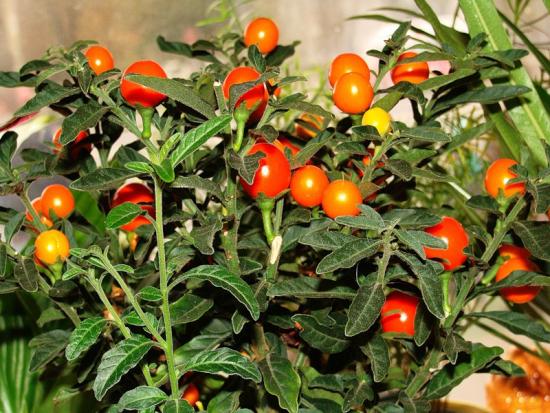
Location
If you want nightshade to bloom, you will have to find a place with good lighting for it. In the shade it loses its spherical shape, its sophistication and becomes too elongated. The ideal option is diffused light.
Winter. In winter and autumn, the flower is placed on southern windowsills.
Summer. From mid-April, the saltums are shaded so that solar radiation is not too intense. You can place the pot on the balcony. In summer, in country houses, nightshades are taken out onto the veranda.
Temperature
Winter. During the cold period, nightshade loves a temperature of 13-15C. With this mode, the flower will delight the owner with berries longer.
Summer. In the summer season, the plant is comfortable at standard room temperature. Does not tolerate constant heat well. If possible, nightshade is exposed to fresh air.
Watering
At any time, the solyanum is supported lightly wet soil, excluding the formation of a “swamp”.
Winter. During the cold season, moderate watering is provided. The lower the air temperature, the slower the soil dries out.
Summer. When it is hot or the plant produces fruit, water it generously. Nightshade loves to be sprayed with warm water. The procedure is especially relevant in spring and summer.
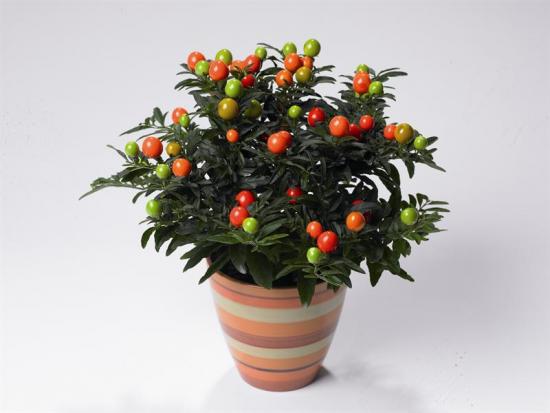
Top dressing
Winter. In winter, the flower is fed with a half portion of fertilizer at monthly intervals or not fed at all.
Summer. If you want to see nightshade in bloom, you'll have to fertilize. In summer, the flower should be fed twice a month. Purchase fertilizer designed for the flowering period.
Trimming
Nightshade is a plant that periodically requires pruning. Without this procedure, it loses its beautiful shape. Pruning is necessary in late spring and early summer, when the leaves of the plant turn yellow.To stimulate the growth of side shoots, pinch their ends and the main stem.
Transfer
Optimal time transplants flower - from the beginning of spring until the beginning of active growth. Before the procedure, the solyanum is cut by a third. Provide the seedling with loose soil where oxygen can pass well. Don't forget to put drainage at the bottom.
It is worth keeping in mind that a houseplant with orange berries quickly loses its decorative appearance. Therefore, flower growers prefer not to replant it, but to separate new cuttings.
What difficulties do flower growers face?
If you follow the rules of care, nightshade feels good indoors. However, certain problems may arise during cultivation.
The leaves are falling
Perhaps the problem is lack of moisture. The problem is especially acute in hot weather. This can also happen with excessive wateringwhen the roots begin to rot.
The berries are falling
If nightshade fruits begin to fall at the wrong time, it lacks light and humidity. It is worth moving the pot to a place where there is more light and spraying it more often.
No ovaries
The reason is that it didn't happen pollination. You can do this yourself using a soft bristle brush. Flowers are naturally pollinated only in the open air.
Spider mite
This pest affects many indoor plants. Its appearance is determined by the formation of small cobwebs and dark spots on the foliage. The plant begins to gradually dry out. To eliminate the problem, the foliage is sprayed with chemicals (Decis, Phosbecid), alternating with a soap solution.
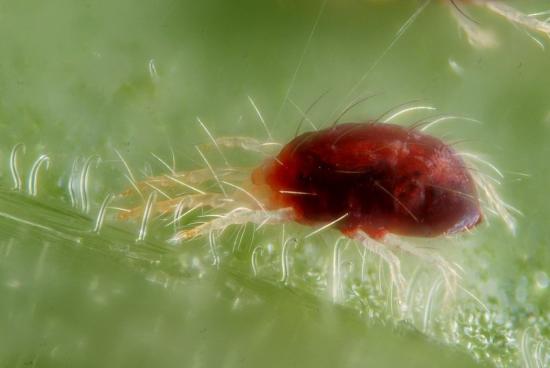
Whitefly
The parasite is detected by a cluster of small insects with wings on the underside of the leaves. When you shake the flower they fly off.To eliminate whiteflies, spray with 1% Pegasus. Instead, you can take onion infusion.
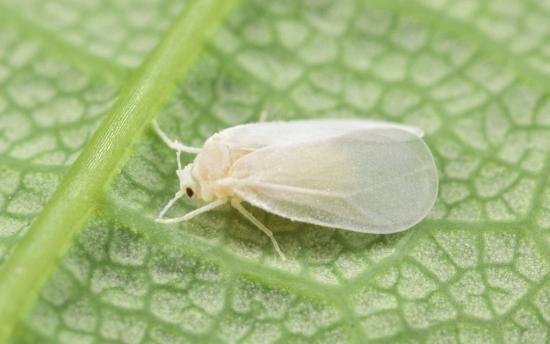
It doesn’t take much for nightshade to show itself in all its glory. The main thing is to adjust the intensity of watering in different seasons and provide the flower with light. To keep it in beautiful shape, shoots are periodically pruned.
With due care the plant will delight you with orange berries, similar to cherries, and a scattering of flowers.
Watch a video about growing decorative nightshade at home:

